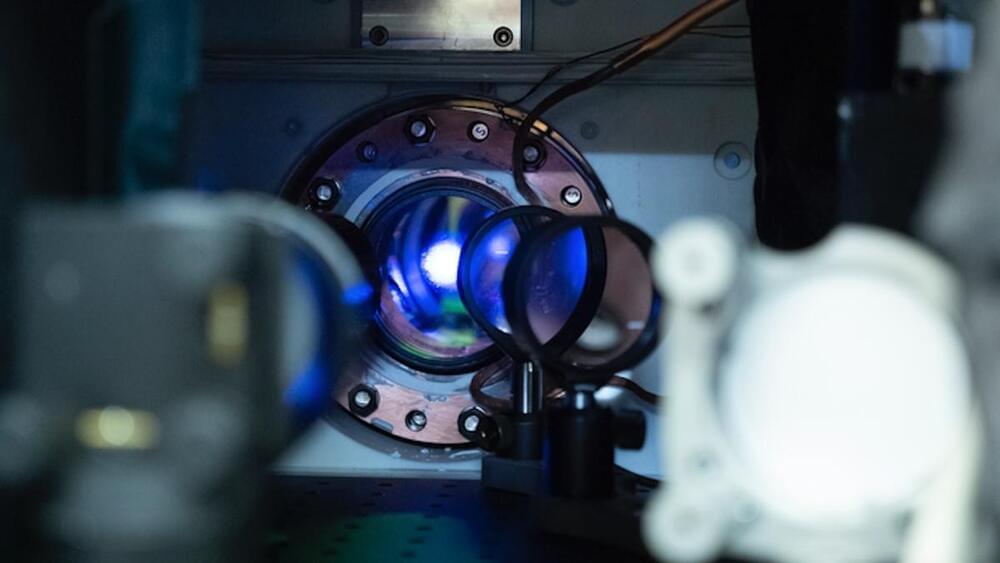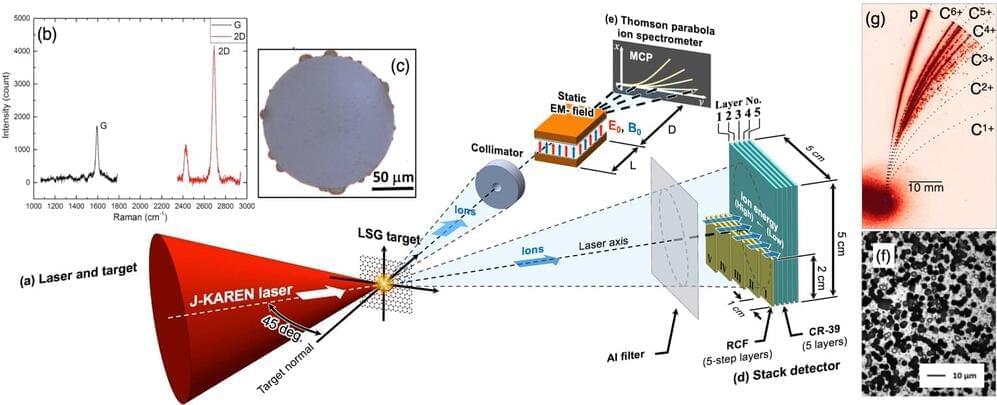
Get the latest international news and world events from around the world.

Can data science make your team win? Some teams prove so
Strategies built by data definitely work.
The overall strength of a professional sports team is measured with one straightforward metric: wins. However, winning one game, let alone a championship, is extremely difficult in professional sports leagues. As the popularity of sports has grown worldwide over the last century, so has the level of competition in professional sports leagues and what it takes to win. Athletes today are bigger, faster, stronger, and more skilled than their counterparts from previous generations. Professional sports organizations need to look for any advantage to help put their teams in the best position to win. More and more pro sports organizations have turned to data science in search of competitive advantages in recent years. One sports team that has consistently used data science as part of its recipe for success is the English football club Liverpool FC. Although all professional football teams feature an analytics department, Liverpool is unique in its approach.
Full Story:
Recesnt success of teams from various sports show the importance of data science in competitive sports.

It Sure Looks Like China Is Turning Old Fighter Jets Into Drones
Why waste a perfectly good (but obsolete) fighter?
It sure looks like China is converting Cold War fighters into flying drones. Dozens of Shenyang J-16 fighter planes, spotted in satellite photos, are still present at China’s military airfields, despite the People’s Liberation Army Air Force (PLAAF) retiring the type in 2010. China could use the planes in a conflict, either masquerading them as modern jets, or using the drones to carry out combat missions of their own.
✈︎ Don’t miss any of our best-in-class military news. Join our squadron.

Google plans privacy change similar to Apple’s, which wiped $230 billion off Facebook’s market cap
“[It is] encouraging to see this long-term, collaborative approach to privacy-protective personalized advertising from Google,” Graham Mudd, vice president of product marketing, ads and business at Facebook said on Twitter. “We look forward to continued work with them and the industry on privacy-enhancing tech through industry groups.”
Google said it will continue to support the current identifiers for the next two years, which means other companies have time to implement changes.
Apple was criticized by Facebook and other companies for rolling out its App Tracking Transparency feature, which reduces targeting capabilities by limiting advertisers from accessing an iPhone user identifier. With that change, users were given a pop-up window that let them block apps from tracking their data for advertising purposes.


GreenCore Partners With B&D Industries To Provide Labor For 10,000 Solar EV Charging Plazas
GreenCore EV Services has a goal of building and operating a network of over 10,000 solar EV charging plazas throughout the United States by the end of the decade. The company’s charging plazas will serve both consumer and commercial vehicles.
To help usher in this goal, GreenCore announced that it has selected B&D Industries to provide labor and prefabrication services to build out the company’s network of solar-powered EV charging plazas.

Graphene and an intense laser open the door to the extreme
Laser-driven ion acceleration has been studied to develop a compact and efficient plasma-based accelerator, which is applicable to cancer therapy, nuclear fusion, and high energy physics. Osaka University researchers, in collaboration with researchers at National Institutes for Quantum Science and Technology (QST), Kobe University, and National Central University in Taiwan, have reported direct energetic ion acceleration by irradiating the world’s thinnest and strongest graphene target with the ultra-intense J-KAREN laser at Kansai Photon Science Institute, QST in Japan. Their findings are published in Nature’s Scientific Reports.
It is known that a thinner target is required for higher ion energy in laser ion acceleration theory. However, it has been difficult to directly accelerate ions with an extremely thin target regime since the noise components of an intense laser destroy the targets before the main peak of the laser pulse. It is necessary to use plasma mirrors, which remove the noise components, to realize efficient ion acceleration with an intense laser.
Thus, the researchers have developed large-area suspended graphene (LSG) as a target of laser ion acceleration. Graphene is known as the world’s thinnest and strongest 2D material, which is suitable for laser-driven ion sources.

New Atomic Clocks Measure Time Dilation of Einstein’s General Relativity at Millimeter Scale
JILA physicists have measured Albert Einstein’s theory of general relativity, or more specifically, the effect called time dilation, at the smallest scale ever, showing that two tiny atomic clocks, separated by just a millimeter or the width of a sharp pencil tip, tick at different rates.
The experiments, described in the February 17, 2022, issue of Nature, suggest how to make atomic clocks 50 times more precise than today’s best designs and offer a route to perhaps revealing how relativity and gravity interact with quantum mechanics, a major quandary in physics.
JILA is jointly operated by the National Institute of Standards and Technology (NIST) and the University of Colorado Boulder.

Examining the results of new dark matter searches by the PandaX-4T and ADMX collaborations
Physicists have predicted the existence of dark matter, a material that does not absorb, emit or reflect light, for decades. While there is now significant evidence hinting to the existence of dark matter in the universe, as it was never directed detected before its composition remains unknown.
In recent years, researchers worldwide have made different hypotheses about the composition of this elusive material and tried to test them experimentally. Many have suggested that it could be comprised of new and previously unobserved types of elementary particles, such as axions and weakly interactive massive particles (WIMPs).
A few weeks ago, two large research collaborations, the PandaX-4T and the ADMX Collaborations, published the results of two new dark matter searches based on different hypothesis. In their study, featured in Physical Review Letters, the PandaX-4T Collaboration tried searching for signs of a new elementary particle in data collected using a time projection chamber at the China Jinping Underground Laboratory (CJPL), the deepest underground lab in world.